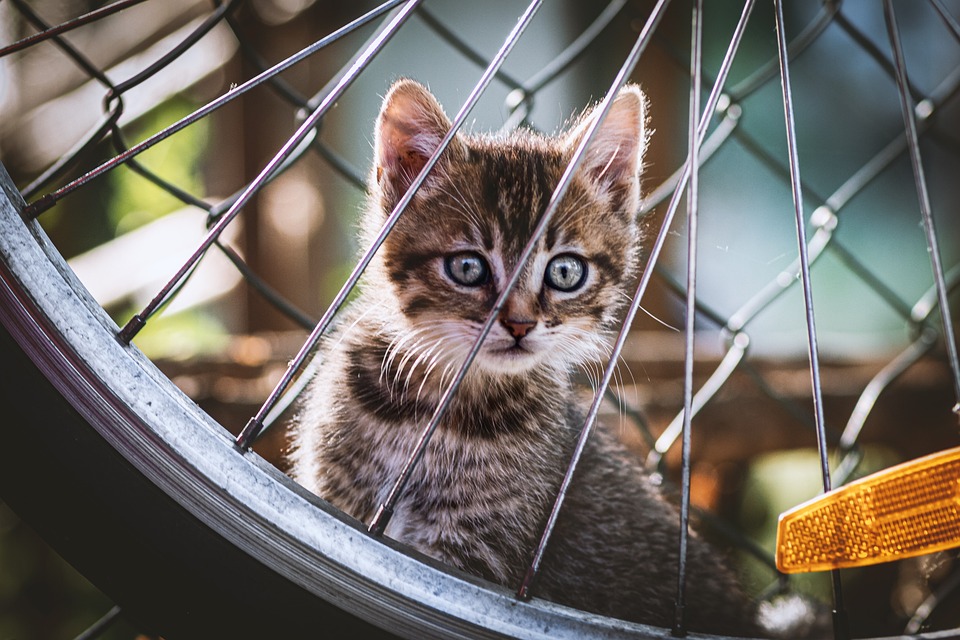**Header: Resolving Excessive Scratching on Horizontal Surfaces: Understanding and Managing Cat Behavior**
Introduction
Cat scratching is a natural and instinctive behavior that serves various purposes for our feline friends. However, when it becomes excessive and damages furniture or other horizontal surfaces, it can become a frustrating issue for cat owners. In this article, we will delve into the reasons behind excessive scratching on horizontal surfaces and provide effective strategies to manage and redirect this behavior.
Why Do Cats Scratch?
Understanding why cats scratch is crucial in resolving excessive scratching issues. Here are the primary reasons for this behavior:
1. Marking Territory: Scratching helps cats mark their territory visually and through scent glands on their paws. By scratching, they leave visible marks and release pheromones, signaling to other cats that the area is claimed.
2. Nail Maintenance: Scratching helps cats shed the outer layer of their claws, keeping them sharp and healthy. It also helps them stretch their bodies and flex their muscles.
3. Emotional Outlet: Scratching can serve as a way for cats to relieve stress, frustration, or anxiety. It allows them to release pent-up energy and express their emotions.
Identifying Excessive Scratching
Determining whether your cat’s scratching behavior is excessive or normal can sometimes be challenging. Here are a few signs to look out for:
1. Frequency: If your cat is scratching on horizontal surfaces excessively, such as furniture, walls, or carpets, it may be a cause for concern.
2. Duration: If your cat spends an extended period repeatedly scratching on the same surface, it is likely excessive.
3. Damage: Excessive scratching often results in visible damage to furniture or other surfaces, including scratches, torn fabric, or shredded carpets.
Managing Excessive Scratching
1. Provide Appropriate Scratching Surfaces: Offer your cat suitable alternatives, such as scratching posts or boards, to redirect their behavior. Choose surfaces that mimic the texture and stability of the objects they usually scratch.
2. Make Scratching Posts Attractive: Encourage your cat to use scratching posts by sprinkling catnip, using interactive toys, or attaching dangly objects that mimic prey.
3. Positive Reinforcement: Whenever your cat uses the appropriate scratching surface, reward them with praise, treats, or playtime to reinforce the desired behavior.
4. Deterrents for Off-Limits Areas: To prevent cats from scratching on specific off-limits surfaces, use deterrents such as double-sided tape, aluminum foil, or citrus-scented sprays. These can help discourage them from damaging furniture or other horizontal surfaces.
5. Regular Nail Trimming: Keeping your cat’s nails trimmed can reduce the damage caused by scratching. Consult with a veterinarian or a professional groomer to learn the proper technique and frequency for nail trims.
FAQs About Resolving Excessive Scratching on Horizontal Surfaces
1. Q: Should I punish my cat when they scratch on furniture?
A: No, punishment is not an effective approach. Instead, redirect their behavior to appropriate surfaces and reward them when they use them.
2. Q: Can declawing prevent excessive scratching?
A: Declawing is an invasive procedure and is discouraged by many veterinarians. It is important to explore other alternatives, such as providing suitable scratching surfaces and regular nail trimming.
3. Q: My cat still scratches excessively despite providing alternatives. What should I do?
A: If your cat’s excessive scratching persists, consult with a veterinarian or a certified animal behaviorist. They can help identify any underlying medical or behavioral issues and provide additional strategies to manage the behavior.
4. Q: Is it possible to train an older cat to stop excessive scratching?
A: While cats can be trained at any age, older cats might require more patience and persistence. Consistency in providing appropriate scratching surfaces and positive reinforcement can help modify their behavior over time.
By understanding the reasons behind excessive scratching and implementing effective management strategies, you can help your cat redirect their scratching behavior to appropriate surfaces, protecting your furniture while ensuring their well-being and happiness. Remember, patience and consistency are key in resolving this behavioral issue.








